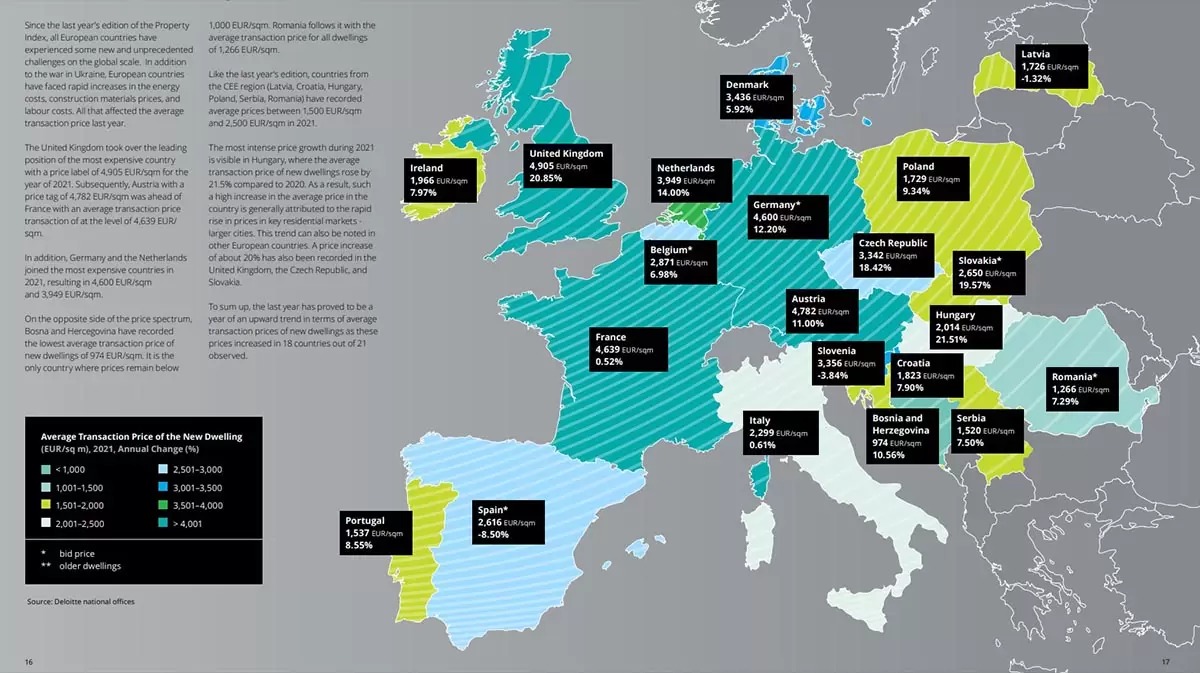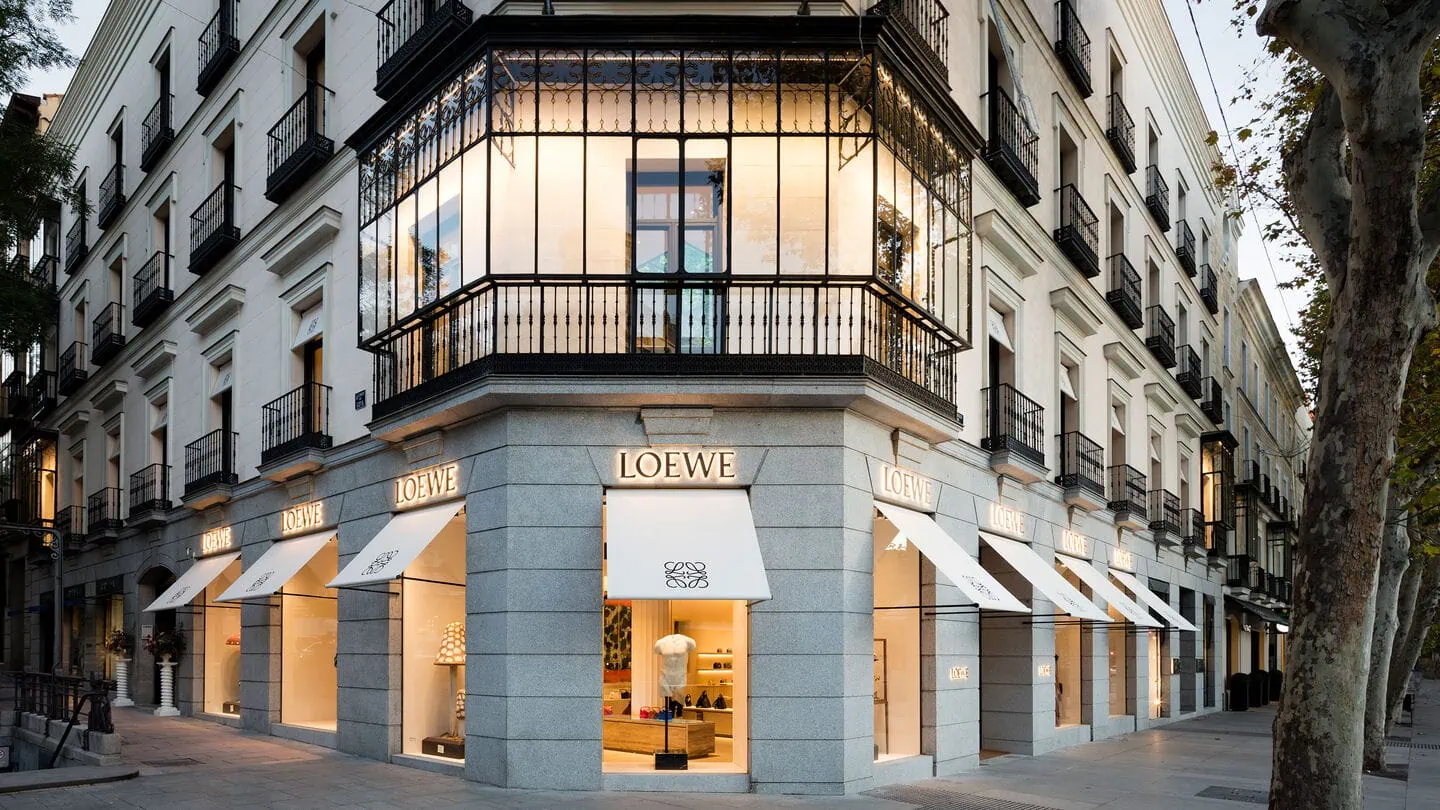Tired of the rain? Want to go back to being able to travel freely throughout the EU? If so, this article is for you. It explains how to move to Spain, post Brexit. Spanish residency will give you access to live and work in the EU, and travel freely about the Schengen Area.
Why Spain?
Moving to Europe is not as difficult as it may seem- plenty of people from other countries outside the EU do it all the time. Spain is a natural magnet for Brits because of the weather and its proximity to the UK; Madrid is only a two hour flight from all the London airports. There are ferries that go from Portsmouth to Bilbao, and you can even drive down through France. Plus, since there are so many Brits living in Spain, it’s easy to find communities of like minded people.
Although it may seem impossible to move to Spain, post-Brexit, that isn’t the case. In fact, there are a number of ways to establish legal residency in Spain, because the country has active programs to stimulate foreigh investment and attract foreign talent into the country. For example, it has arguably the best Golden Visa scheme in Europe. Keep reading and we will walk you through all the steps of how to move to Spain, post Brexit.
Step 1: Figure out how the best way for you to get legal residency
Because there are so many options, you will need to figure out the optimal immigration path for you and your family. We recommend focusing on the optimal immigration path for yourself. Since Spaniards place so much emphasis on the family, if you are granted residency, you can easily get it for your significant other, dependent children and even your parents.
There are essentially four different ways to gain Spanish residency.
Get a job at a Spanish company
This is the option that many pursue, but it isn’t very easy. In fact, it’s nearly impossible (especially if your Spanish isn’t at an extremely high level) unless you are a “highly qualified individual.” Highly qualified individuals are workers in very technical positions (such as scientific researchers) or people that manage large global teams. If this pertains to you, it may be possible to get a job at a Spanish company and apply for residency this way. However, your residency will be tied to you maintaining your position at the company. Although Spain offers an incredible lifestyle, Spanish companies have a reputation for being very difficult to work for. It is a reputation well earned. Moreover, pay is typically much lower than one would receive for comparable roles in UK or US firms. Thus, we recommend one of the following routes:
Start your own company
Spain has an Entrepreneur Visa that offers a very easy route to residency if you want to start your own company and have an innovative idea. The good thing about this type of residence permit is that it is granted very quickly and, unlike countries such as France, you don’t have to demonstrate that you have the funds available to invest in your business. Rather, you only need to show that you have enough money to sustain yourself in Spain for a year or two. This amounts to only 579.02€ per month. The tricky part is that your business idea needs to be innovative, and of strategic interest to Spain. Your business needs to be in the tech, aerospace, biotech or renewable energy industry to get accepted. To learn more about this option, you can read: What you need to know about the Spanish Entrepreneur Visa.
Apply for a non-lucrative visa
This is a residence permit that allows you and your family to live in Spain, but not to work. You need to demonstrate that you have private health insurance and “sufficient funds” to sustain yourself in Spain. Proving you have sufficient funds means that you have to demonstrate you have 27,115.20€ in your account (for a residence permit that is valid for a year), or that you receive a minimum monthly income of 2,316.08€. For each dependent, you must demonstrate you have an additional 6,948.24€ per year (579.02€ per month). However, there are negative tax implications on your worldwide earnings if you choose the non-lucrative visa path. Thus, if you can afford to invest in Spanish property, we recommend the following route as it will likely result in a much lower tax bill.
Take advantage of Spain’s excellent Golden Visa scheme via property investment
If you have money to invest 500k€ or more in Spanish property, this is arguably the best option if you are figuring out how to move to Spain. The visa is very easy and quick to obtain for both you and your family members. Moreover, Madrid real estate continues to be under-valued compared to other large European capital cities, such as Paris. London and Vienna. This presents investors with an excellent buying opportunity; especially when you take into account the UK property prices have risen dramatically as people seek larger homes with more green spaces.

To learn more, you can read: The Complete Guide to Spain’s Golden Visa. Or, you can arrange a FREE CONSULTATION and we will walk you through the process. We can also help you find your dream apartment in Madrid.
Step 2: Register with City Hall
This process is called “getting a certificate of empadronamiento.” A certificado de empadronamiento is a piece of paper that says you have registered with the Spanish census, called the Padrón Municipal de Habitantes. This certificate is often called the Padrón, for short. The thing that many expats find confusing, aside from its name, is that it is conducted on an ongoing basis instead of every ten years, like the census in the UK.
It is quite easy to obtain. If you gained Spanish residency through the Golden Visa program, you just need to make an appointment with your local city hall. Bring to your appointment a copy of the deed to your property (escritura), your passport and your completed application form. They will give you a temporary certificado de empadronamiento, and mail you a permanent copy a few days later.
Step 3: Get a NIE and TIE
This can be a little confusing, especially for Brits, because Spanish Government officials, Spanish companies and pretty much everyone in Spain uses the term NIE incorrectly. A NIE is just a piece of paper with one’s tax number on it. When you are granted Spanish residency, you go to the immigration office where they take your fingerprints and make you an ID card (called a TIE) with your photo on it. In the past, Brits did not receive these ID cards; they had separate pieces of paper for their NIE and TIE. Citizens from third party countries just had the one card, which is traditionally called a NIE, even though it serves as both an ID card and to document their tax numbers.
Once you are awarded Spanish residency, you are automatically given a NIE as part of the process. Your next step is to get the ID card, or TIE. To do this, you first make an appointment at the immigration office. When you go to your appointment, you need to take your letter stating your application for Spanish residency was approved, along with:
- The appropriate forms (your residency acceptance letter will tell you which ones)
- Proof you paid the appropriate tax
- A passport photo
- Your passport
- A copy of your certificado de empadronamiento
After they take your fingerprints, they will tell you when to return to the office to collect your identity card.
Step 4: Obtain your Social Security Number
First, note that this step is not applicable for those with non-lucrative visas, because they don’t have access to the public healthcare system. For those with other types of residence permits, you need to get your social security number to get your public health card. Typically, you don’t need an appointment to get a social security number. You just fill out the form and bring it, your TIE/NIE and your passport to the social security office nearest you.
Step 5: Obtain your public health card
Once you have jumped through the above hoops, you are eligible to get your Spanish health card, which gives you free access to the public healthcare system. This is easy to obtain. First, find your local healthcare center. It’s important to use the one closest to your residence because you can’t just go to any office you feel like. Once you register at your office, that’s the one you go to.
When you go to the office, bring the following documentation with you:
- Your NIE/TIE
- Your passport
- A copy of the paper with your social security number
- A copy of your certificado de empadronamiento
They will take your information, give you a piece of paper (which will serve as a temporary card, if you are in need of immediate health care) and mail you your permanent one within a few days.
Find your idea neighborhood in which to live
If you didn’t choose the Golden Visa option, your next step is likely to determine where you want to live. The first step in this is to figure out which neighborhood is best for you. This is particularly important now that working from home has become the norm. We recommend living in the north of the City, as these are where the more convenient, posher neighborhoods are located.
Salamanca is an excellent choice if you have a family and/or want to live in a prestigious neighborhood with many amenities. Justicia is perfect for those that like elegant architecture and living around lots of boutiques and restaurants. Chueca is the go-to neighborhood for the LGBTQ+ community. Chamberí is excellent for families if you want an upscale, more traditional neighborhood with many amenities. Chamartín, located in the City’s CBD, is also good for families. If you have a job at a Spanish company, you may even be able to walk to work if you live here.
We have detailed information on all the most desirable neighborhoods in Madrid in this section of our website: Neighborhoods
Find your dream apartment in Madrid
Congratulations! You have now completed all the steps needed for How to move to Spain, post Brexit. Now it’s time for the fun part- finding your dream home!
The Madrid property market is notoriously tricky and difficult to navigate, even if your Spanish is perfect. This is where Madrid Estate comes in. Fabiana can help you find your dream apartment in Madrid with minimum effort on your part. She is a full service real estate company, tailored to meet the needs of expat buyers and renters. BOOK A FREE CONSULTATION WITH HER TODAY to start your search.
Welcome to Madrid!





